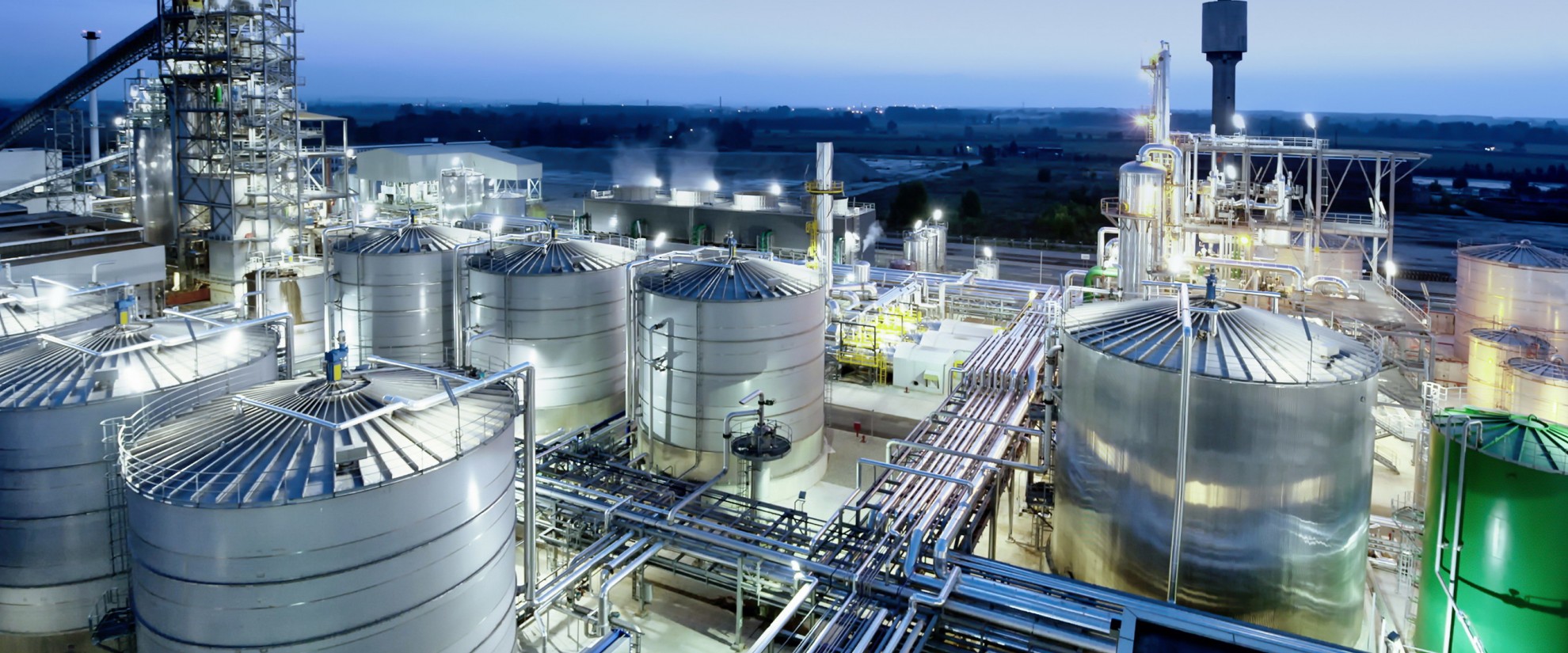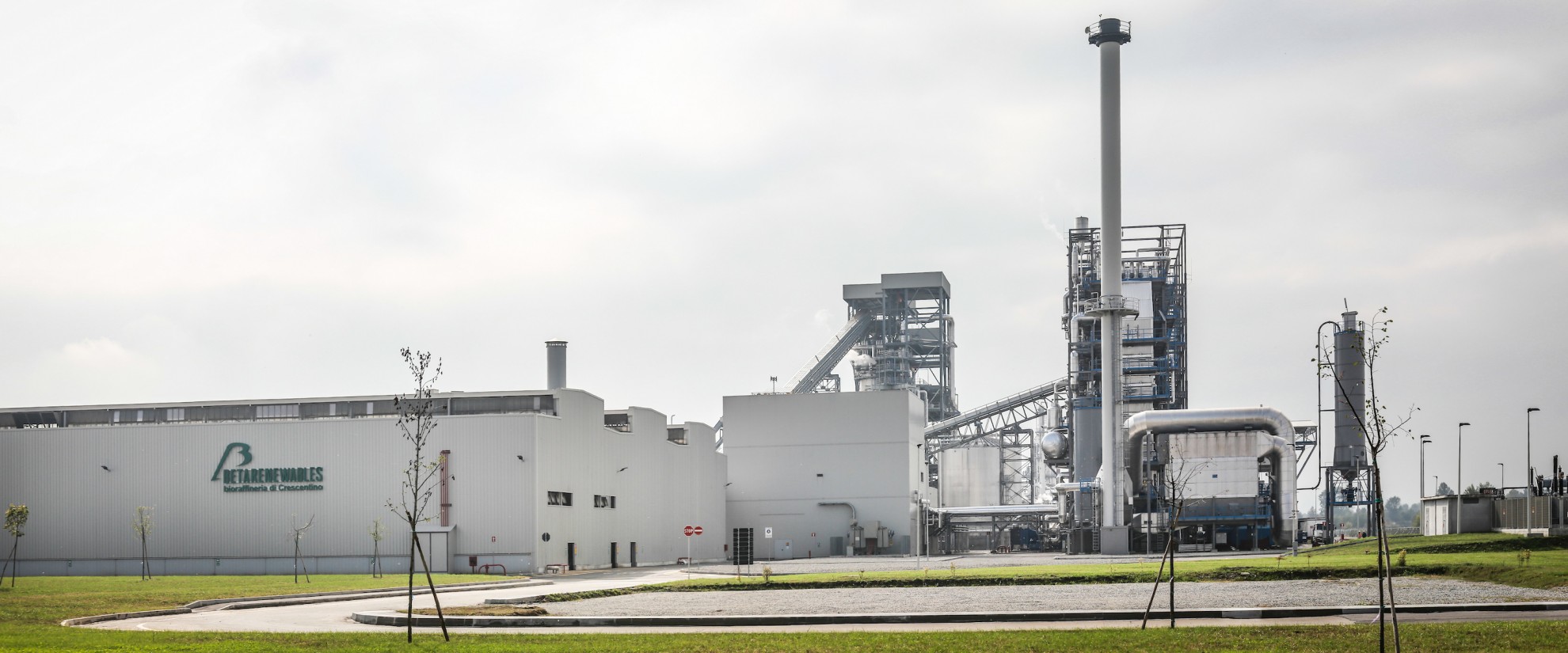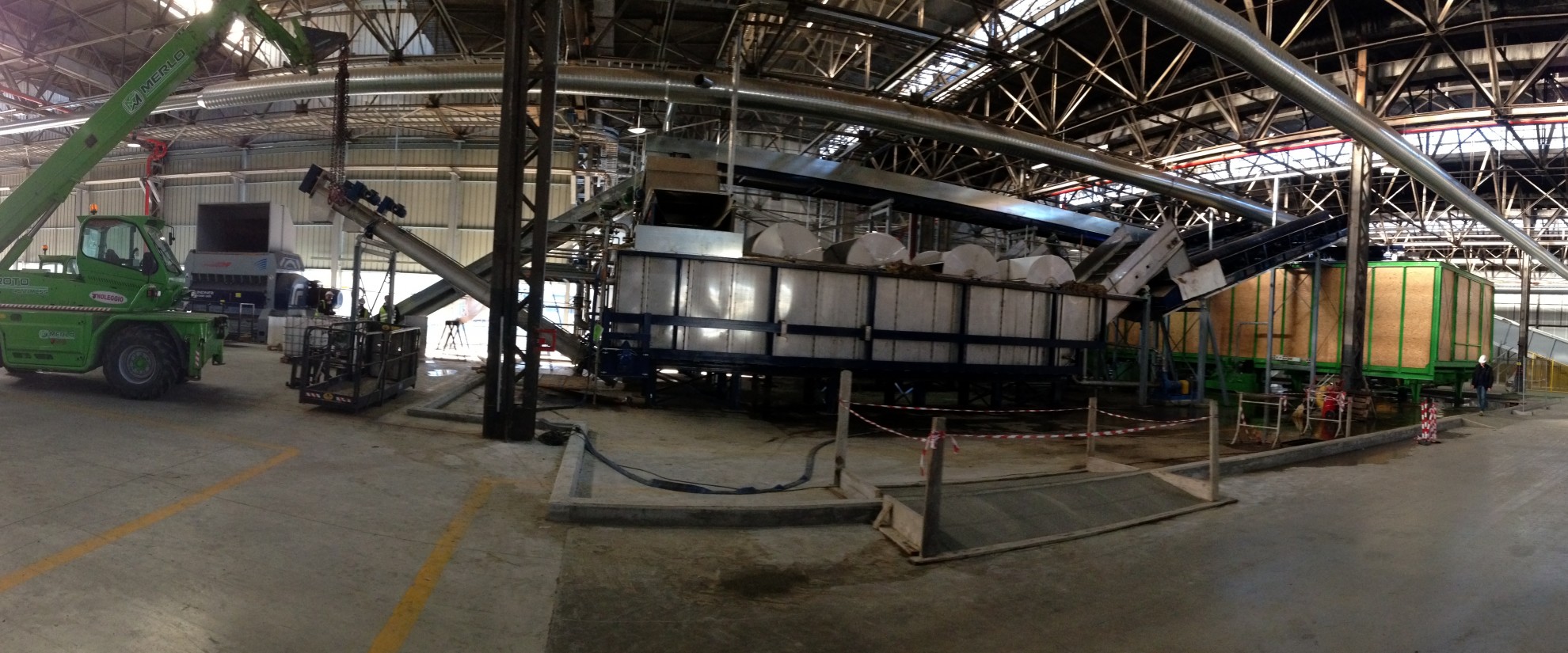FEATURES
Cellulosic ethanol is ethanol (ethyl alcohol) produced from cellulose (the stringy fiber of a plant) rather than from the plant’s seeds or fruit. It is a biofuel produced from grasses, wood, algae, or other plants. The fibrous parts of the plants are mostly inedible to animals, including humans, except for ruminants (grazing, cud-chewing animals such as cows or sheep).
At present nearly all of bioethanol is produced out of starches or sugar-based dedicated crops such as sugar cane, corn or sugar beet. These crops compete with food crops and many countries are now limiting the amount of bioethanol produced from starch/sugar-based crops.
Cellulosic feedstocks are non-food based feedstocks that include crop residues, wood residues, dedicated energy crops, and industrial and other wastes. These feedstocks are composed of cellulose, hemicellulose, and lignin (typically extracted to provide energy for production). It’s more challenging to release the sugar in these feedstocks for conversion to ethanol. In recent years a massive scientific and engineering effort has been made to develop processes capable of meeting the target and some countries have heavily supported such effort with grants and subsidies.
A number of pilot plants and a few full industrial plants have been built and the debate about costs and benefits of such technology is still hot. Despite the different process approach, all methods require a homogeneous and preconditioned feedstock and this is of paramount importance when the feedstock is made up of mixed residues from agriculture. On top of that, the considerable amount of masses and volumes of bulk materials to be handled in industrial plants requires special solutions to contain costs and achieve the required reliability.
Entsorga has developed a proprietary, referenced and proven technology to pretreat the material by opening the biomass bales, removing unwanted elements (stones, earth, steel), shredding the biomass to the desired dimension, eventually wash it and then store and dose the feedstock.
The Entsorga automated cranes developed for waste handling are also a very powerful tool to deal with large amounts of bulk materials, delivering low handling cost due to automation and making it possible to considerably reduce the storage footprint.





